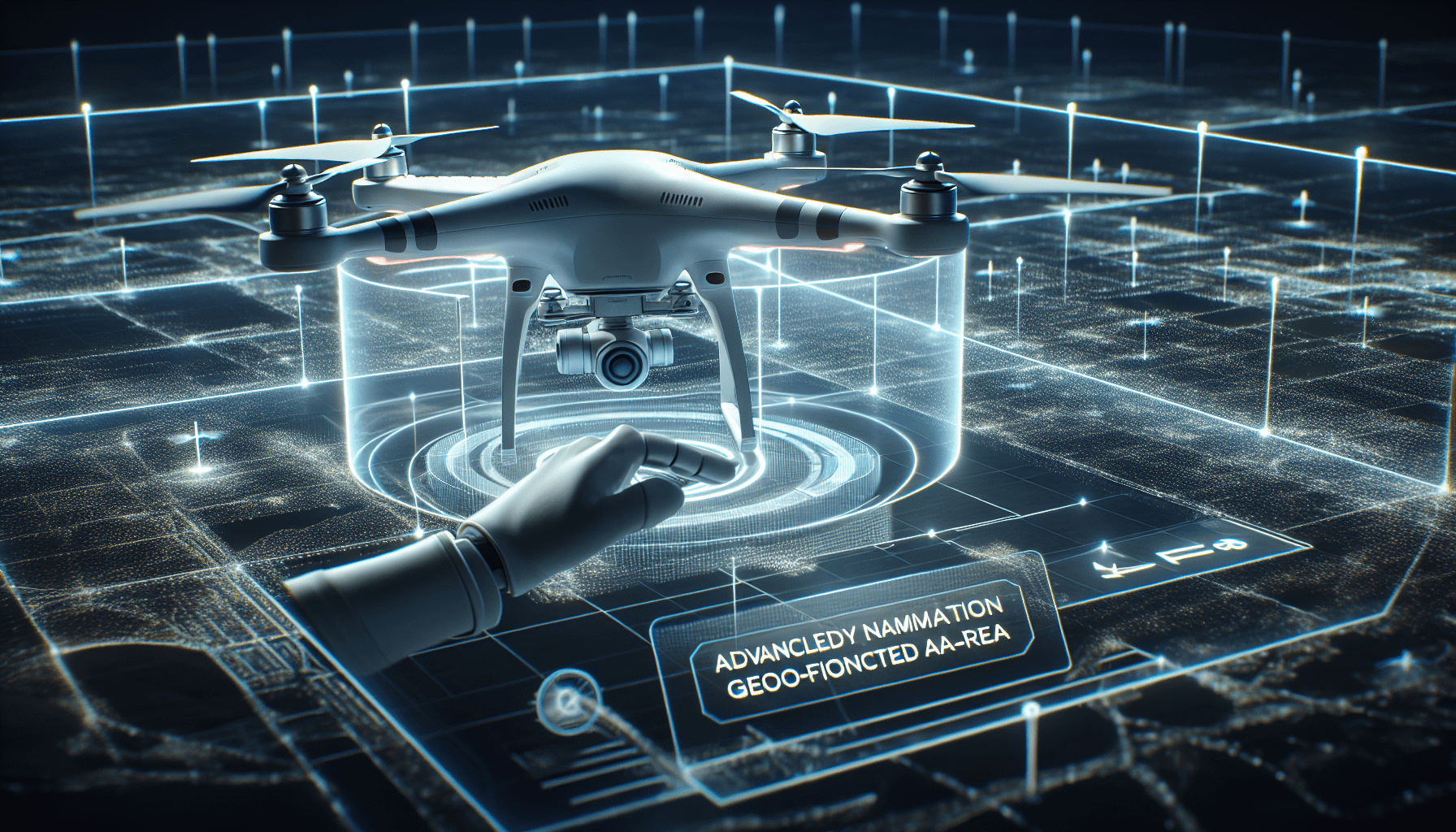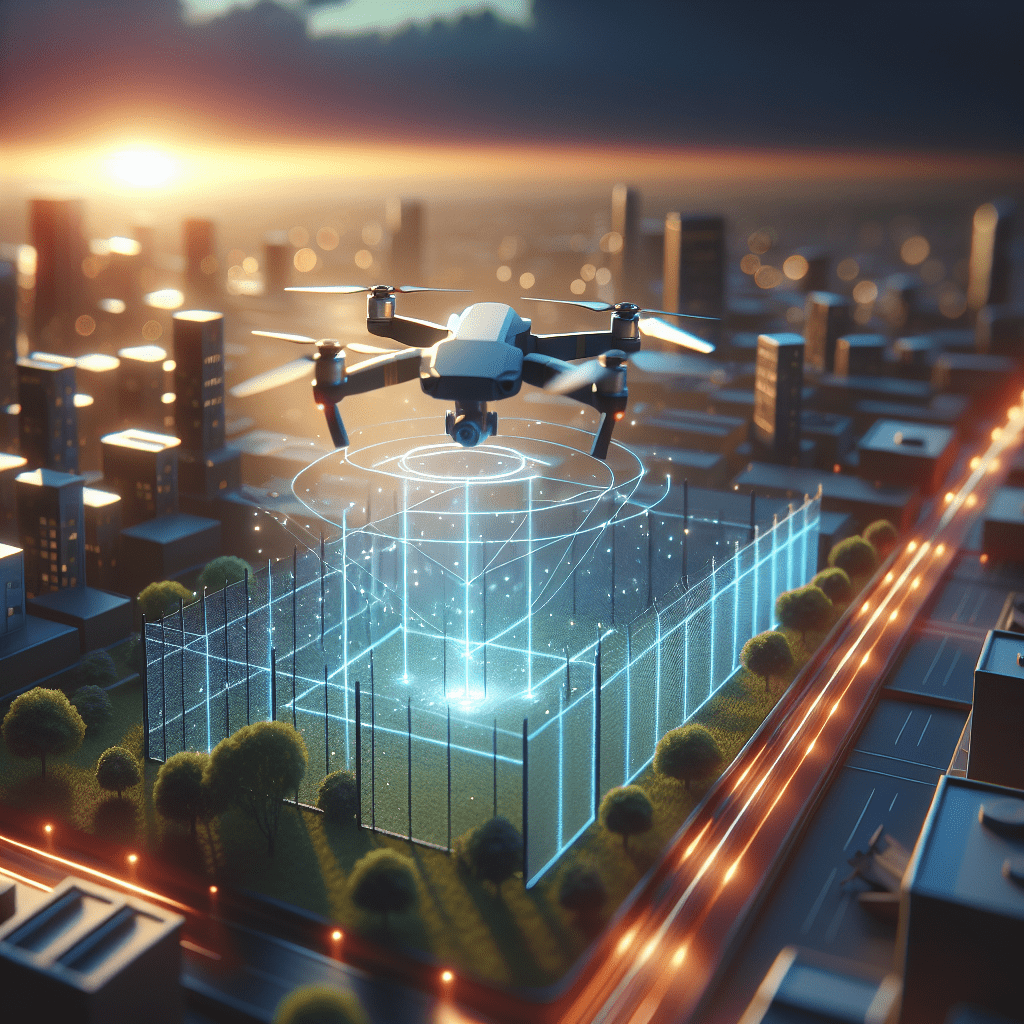The Role of Geo-Fencing in Drone Technology
Geo-fencing technology establishes virtual barriers to keep drones within safe operational limits. This system employs GPS or RFID technology to define geographical boundaries, enabling drones to operate without encroaching into restricted or hazardous areas. By enforcing these virtual boundaries, geo-fencing plays a pivotal role in ensuring compliance with local regulations while enhancing overall safety. For instance, it prevents drones from flying in sensitive locations such as military bases, airports, and densely populated urban areas, which could pose risks to both people and property.

Understanding Geo-Fencing Mechanisms
At its core, geo-fencing utilises a combination of hardware and software to draw invisible borders on maps. These geo-fences can be dynamic, adapting to changing environments or conditions, or static, remaining fixed over designated areas. For drone operators, integrating this technology into their unmanned aerial systems (UAS) is invaluable. It not only prevents unintended incursions but also enhances situational awareness for operators. When a drone approaches the predetermined boundary, the system can either issue an alert, take corrective action, or automatically return the drone to its original location.
Geo-Fencing and Regulatory Compliance
Compliance with aviation regulations is paramount in drone operation. Geo-fencing technology assists operators in adhering to these regulations by restricting drone access to regulated airspace. As governments worldwide increasingly legislate commercial and recreational drone use, geo-fencing emerges as a vital tool. For example, the UK’s Civil Aviation Authority sets stringent rules regarding where drones can fly; geo-fencing tools ensure that users remain within these legal parameters. The result is a safer operational environment, minimising the potential for legal repercussions stemming from violations.
Benefits of Geo-Fencing for Drone Operators
Implementing geo-fencing helps prevent accidents and unauthorized drone flights. Drone operators face numerous challenges, ranging from navigating complex airspaces to ensuring the safety of bystanders. With geo-fencing in place, these challenges become more manageable. The technology provides a layer of security for both the operator and the public, limiting the possibility of drone-related incidents.
“Geo-fencing is essential for enhancing safety and compliance in drone operations.”
Enhanced Safety for Operators and Bystanders
The safety of drone operations significantly improves with the deployment of geo-fencing. By blocking access to dangerous areas, geo-fences play a crucial role in safeguarding operators and near the vicinity. For example, the technology can prevent drones from becoming a threat to air traffic by imposing restrictions around airports and helipads. Moreover, the system can deter drones from flying too close to crowded events, thereby reducing the chance of accidents. Each of these features reaffirms the belief that geo-fencing is not just a technological advancement but a necessity for responsible drone operation.
Real-World Applications of Geo-Fencing in Drones
In various industries, the practical applications of geo-fencing are thorough and impactful. Consider the agricultural sector, where geo-fencing enables drones to monitor crops without trespassing boundaries of neighbouring properties. This precision helps prevent conflicts and fosters cooperative agricultural practices. Furthermore, in search and rescue operations, drones equipped with thermal imaging technology can be programmed to stay within the confines of affected areas. Such applications exemplify geo-fencing‘s potential to transform drone functions across diverse sectors.
The Evolution of Geo-Fencing Technology
The evolution of geo-fencing technology represents a significant advancement in drone operations. Initially, this concept was rudimentary, often utilising basic GPS features to restrict movement. However, as technology progressed, so did the sophistication of geo-fencing. Today, advanced algorithms and machine learning integrate with geo-fencing systems, allowing for predictive analytics in drone operations. For instance, using historical data, these systems can anticipate potential hazards and adjust flight paths accordingly. This forward-thinking capability positions geo-fencing at the forefront of drone safety innovations.
DJI and the Controversy Surrounding Geo-Fencing
The topic of geo-fencing gained significant media attention when DJI, a leading drone manufacturer, announced the removal of certain geo-fencing restrictions. This decision stemmed from mounting pressures from users seeking more operational freedom. The backlash against DJI’s restrictive measures raised questions within the drone community about the balance between safety and user autonomy. While geo-fencing is crucial for regulatory compliance, the debate around its necessity will likely continue as drone technology evolves. The challenge will be creating flexible systems that adapt to user needs while ensuring public safety. Operators must understand that geo-fencing should not be perceived merely as a restriction but as a necessary measure for community protection.
Future Trends in Geo-Fencing for Drone Operations
As the drone industry continues to expand, so does the need for innovative geo-fencing solutions. Future developments may feature improved integration of geo-fencing with other drone technologies, leading to more adaptive systems that can respond to real-time developments in their environment. This evolution may include collaboration with smart city technologies, allowing drones to dynamically adjust to changing airspace regulations. Furthermore, enhanced geo-fencing maps, updated continuously to reflect local laws and guidelines, may further promote compliance and safety. As drone technology progresses, so too must the methodologies employed to govern their use.
Conclusion: Ensuring Safe Drone Operations
Utilising geo-fencing technology is vital for safe and compliant drone use, benefiting operators and the community. Its ability to establish virtual boundaries translates into enhanced safety and regulatory compliance, reducing risks associated with drone flights. As the industry matures, the significance of geo-fencing will become even more pronounced. Stakeholders must stay informed about technological advances in this area, as they are critical in shaping the future of drone operations. For those intrigued by the advances in drone technology, don’t miss the opportunity to explore our range of safe and innovative drones equipped with the latest in geo-fencing technology. Visit our shop now!
Frequently Asked Questions
What is geo-fencing in drone technology?
- Geo-fencing is a feature in drone technology that uses GPS or radio frequency to create virtual boundaries, ensuring drones operate safely within designated areas.

